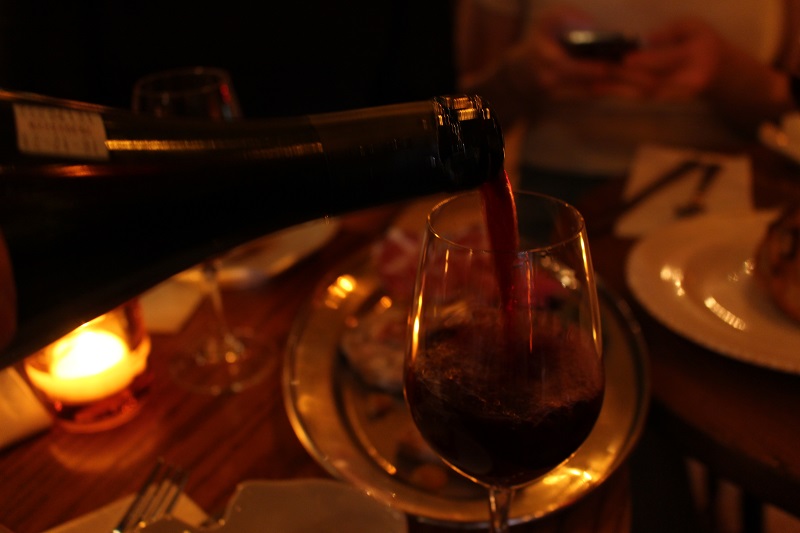A sommelier shares some tips on getting into wine tasting and pairing
There’s something about wine that feels elitist. Intimidating even. People have been making the drink for over 4,000 years. Families have fallen out over its production. The wine industry is a multi-billion dollar industry. In the United States alone, the wine industry contributes over $160 billion to the American economy, according to the research firm MKF Research.
Some are willing to wait 20 years to open a bottle to taste it at its full potential. For a newbie, wine can feel like abstract art—unattainable and overpriced.

But Le Majestique’s sommelier, Benoit Saint-Hilaire, says while there is an element of prestige to wine, no one should be intimidated by it. After all, “people have been drinking it for over 4,000 years to party and have fun,” he says.
I sat down with Saint-Hilaire to discuss the basics of tasting, pairing, and to get the scoop on some budget-friendly wines students should get their hands on.
Saint-Hilaire became interested in wine thanks to his family. His parents would host dinners, and that’s when he started developing his taste. Saint-Hilaire stresses that the wine tasting experience is extremely subjective. He believes it is important to remain humble when discovering different wines, and to respect different tastes. “Remember, the wine isn’t bad, it’s just not your taste,” he says with a laugh.
Getting into it
Saint-Hilaire says the best way to get into wine, and to develop your taste, is to… well… taste! So if the expert says it, drink away, fellow Concordians! By tasting a lot, he explains, you learn to pick up different subtleties, odours, flavours and notes. He recommends taking it by region, focusing on one at a time. By tasting different wines from a specific region, he explains, it enables you to make connections between the subtleties of different grapes and different estates. He also recommends reading up on the producer. “When I buy a wine, I always go on the estate’s website—I see how they work,” Saint-Hilaire says.

Pairing
Saint-Hilaire says he is no purist, and believes people should just pair to their taste. That being said, he likes to implement a balance between the flavours of the meal and his wine. For example, for a richer, greasier meal, he would recommend a lighter, fresher wine with some acidity to balance the flavours.
Some recommendations
When asked to recommend a few wines and regions for students to try, Saint-Hilaire’s eyes shoot open. “There are too many!” he exclaims. But for students and beginners, the sommelier says you can’t go wrong with adventuring into the Côtes du Rhône wines. He says you can get good ones starting at $25.
Still in France, he also recommends wines from the Alsace region because they’re accessible, balanced and “easy to drink,” as Saint-Hilaire puts it. He also recommends drinking wines from Spain and Portugal because they are cheap and flavourful. “Drink Spanish wine my friends!” Saint-Hilaire exclaims. He assures a good bottle can easily cost under $20.Surprisingly, Saint-Hilaire also recommends checking out Greek wines. While he admits you have to seek out the good ones, he says you can find good value for your money. Saint-Hilaire recommends trying Greek wines from the Tetramythos estate. Their red wine is the Kalavryta, which he says is comparable to a Pinot Noir. For white wine lovers, he recommends the Roditis, which he describes as crisp and fresh. Both the red and white are currently available at the SAQ, as well as on Le Majestique’s wine list.
So if you value your wino education, it’s time to start tasting everything, pairing as you wish, and checking out those wines from Spain and Portugal! Cheers, folks!




